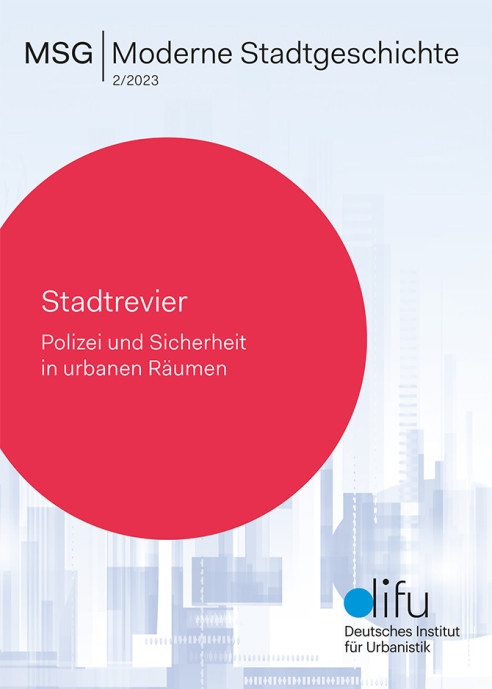Unsicherheit als Resultat polizeilichen Handelns. Das Ost-Berliner Grenzregime an der Berliner Mauer als Beispiel
DOI:
https://doi.org/10.60684/msg.v54i2.19Schlagworte:
Ost-Berlin, Polizei, Überwachung, KonflikteAbstract
Modern states assume that they can produce security by regulating human behavior, ensuring compliance through police surveillance, and threatening deviation with punishment. For this, a high degree of congruence regarding social norms between the state and the population is a prerequisite. The German Democratic Republic’s border regime in East Berlin is a good example of how this process can lead to the opposite of what had been intended. After the Wall had been built, the ruling Communist Party (SED) had defined a border area at the Wall in which the inhabitants were subjected to considerable restrictions and a tight control regime. The longer these existed, however, the more acceptance of them declined. Through their restrained renitence and considerable divergences between the authorities involved in the border regime, part of the population was able to reclaim some of its freedom of movement in conflict with state power. However, the security concept for the border area produced a large number of violations of norms and thus a permanent conflict between the police and the population. In this way, the SED had unwittingly created a new phenomenon of urban disorder itself at the Wall in East Berlin.
Downloads
Veröffentlicht
Ausgabe
Rubrik
Lizenz
Copyright (c) 2023 Gerhard Sälter

Dieses Werk steht unter der Lizenz Creative Commons Namensnennung 4.0 International.






